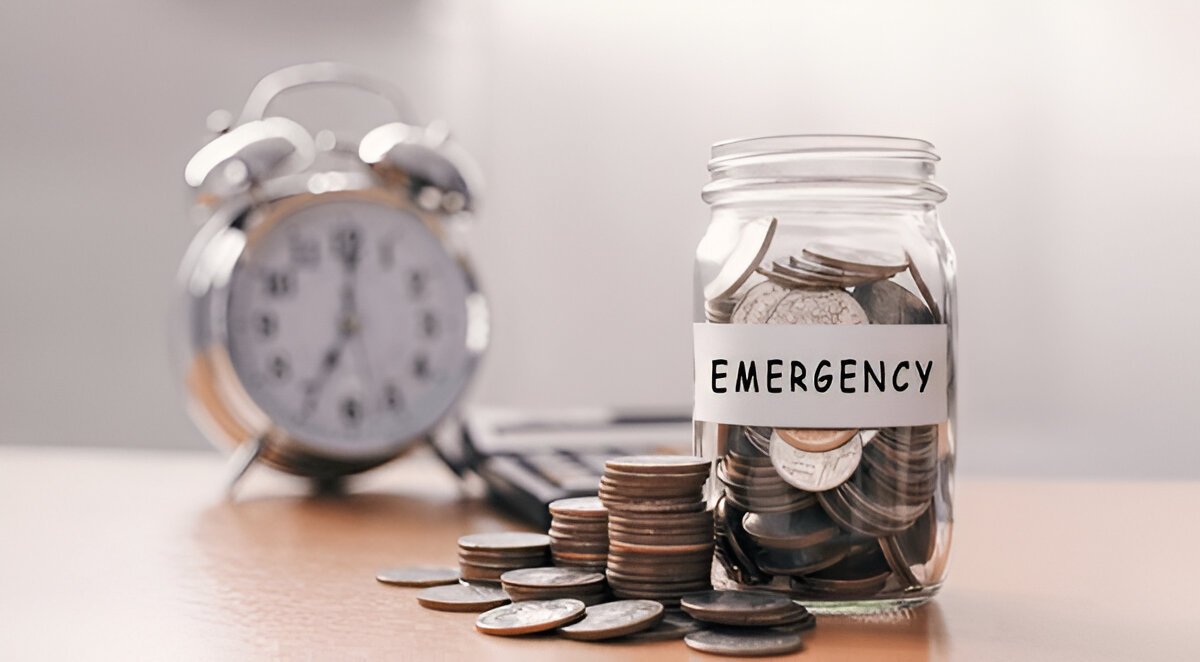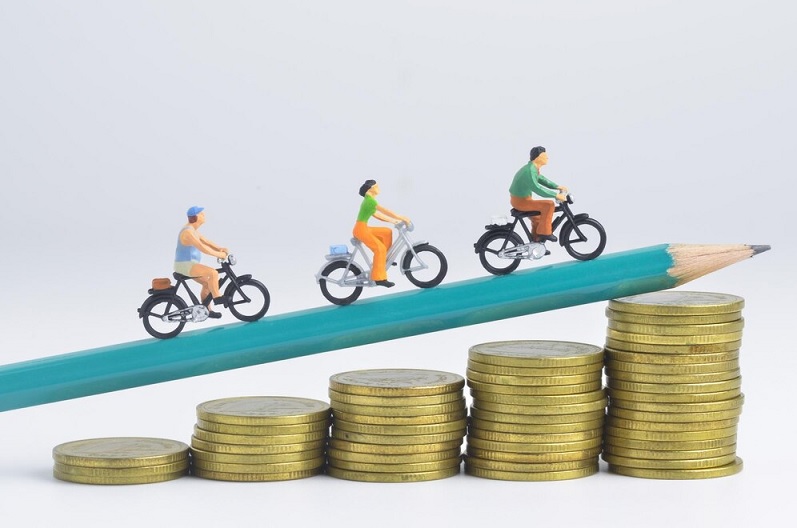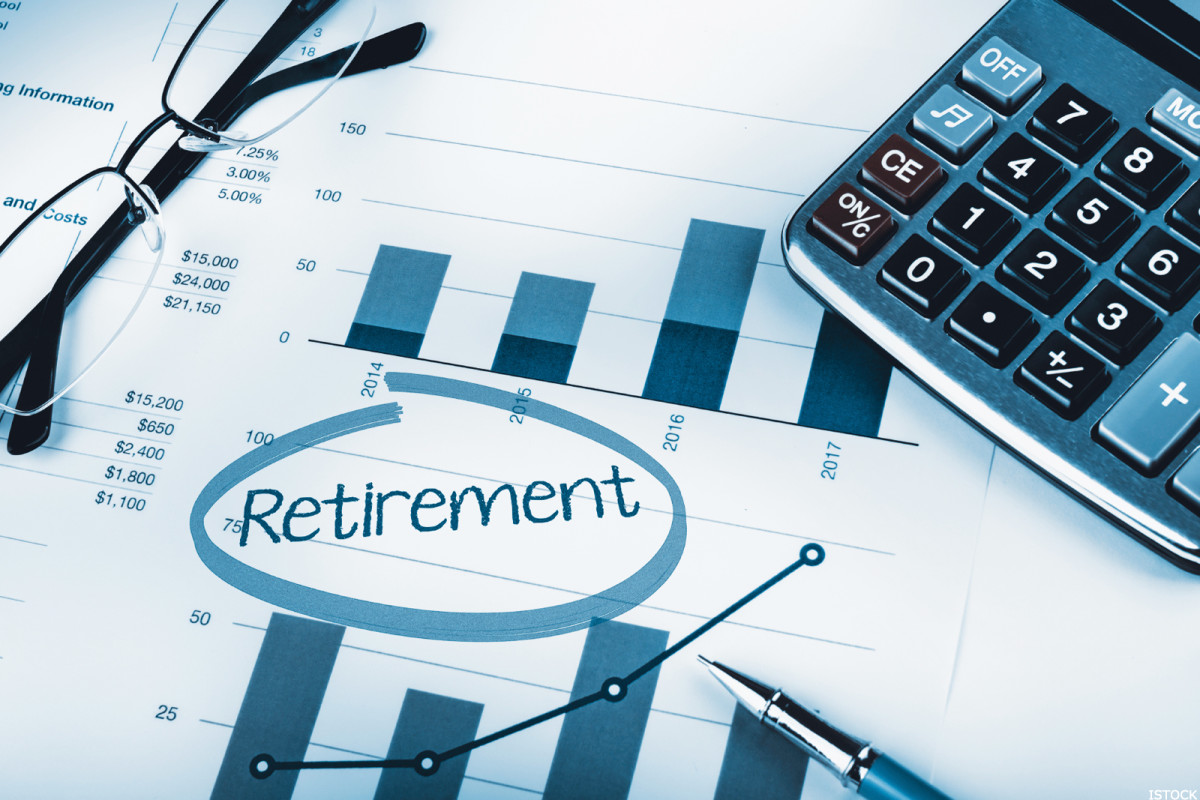5 Essential Steps to Take When Your Emergency Fund

Strong 8k brings an ultra-HD IPTV experience to your living room and your pocket.
Life is unpredictable, and even the most carefully planned emergency fund can run dry when unexpected expenses pile up. Whether it’s a medical bill, car repair, or job loss, a depleted emergency fund can leave you feeling vulnerable. But don’t panic! By taking strategic steps, you can stabilize your finances, rebuild your savings, and learn how to save money effectively to prevent future crises. In this guide, we’ll walk you through five essential steps to take when your emergency fund runs out, helping you regain control and build a stronger financial future in 2025.
Step 1: Assess Your Financial Situation
The first step when your emergency fund is depleted is to take a clear, honest look at your finances. Understanding where you stand is critical to making informed decisions and finding ways to save money.
- Review Income and Expenses: List all sources of income (salary, side hustles, etc.) and compare them to your monthly expenses. Categorize expenses into essentials (rent, utilities, groceries) and non-essentials (subscriptions, dining out).
- Check Debt Obligations: Note any outstanding debts, including credit card balances, loans, or medical bills. Prioritize high-interest debts to avoid accumulating more costs.
- Identify Immediate Needs: Determine what expenses are urgent (e.g., rent or medication) versus those that can be deferred (e.g., elective purchases).
By creating a snapshot of your financial situation, you’ll uncover areas where you can cut costs and redirect funds to rebuild your savings. Tools like budgeting apps (e.g., YNAB or Mint) can simplify this process and help you track spending.
Step 2: Create a Lean Budget
With your emergency fund gone, adopting a lean budget is crucial to stabilize your finances and learn how to save money. A lean budget focuses on covering essentials while minimizing discretionary spending.
- Use the 50/30/20 Rule as a Guide: Allocate 50% of your income to necessities (housing, food), 30% to wants (entertainment, hobbies), and 20% to savings or debt repayment. If your fund is depleted, temporarily shift the “wants” percentage toward savings or debt.
- Cut Non-Essential Spending: Cancel unused subscriptions (streaming services, gym memberships), reduce dining out, and pause non-urgent purchases like new gadgets or clothing.
- Shop Smart: Save money on groceries by meal planning, buying in bulk, and opting for store brands. Use cashback apps or coupons to stretch your budget further.
A lean budget doesn’t mean sacrificing all joy—it’s about prioritizing what matters most while redirecting funds to rebuild your emergency reserve. Revisit your budget monthly to adjust as your financial situation improves.
Step 3: Boost Your Income
When your emergency fund runs out, increasing your income can accelerate your recovery and provide extra funds to save money. Even small boosts can make a big difference.
- Explore Side Hustles: Consider freelance work, tutoring, or gig economy jobs (e.g., ridesharing, food delivery). Platforms like Upwork, Fiverr, or TaskRabbit offer flexible opportunities.
- Sell Unused Items: Declutter your home and sell items like old electronics, clothes, or furniture on eBay, Facebook Marketplace, or local consignment shops.
- Negotiate a Raise or Overtime: If you’re employed, discuss a salary increase or additional hours with your employer, especially if you’ve taken on more responsibilities.
Direct any extra income toward rebuilding your emergency fund or paying off high-interest debt. For example, selling an old laptop for $200 or earning $500 from a side gig can jumpstart your savings, giving you a buffer for future emergencies.
Step 4: Manage and Reduce Debt
A depleted emergency fund often leads to reliance on credit cards or loans, which can spiral into debt. Managing debt effectively is key to freeing up funds and learning how to save money long-term.
- Prioritize High-Interest Debt: Use the “avalanche method” by paying off debts with the highest interest rates first to minimize total interest paid.
- Negotiate with Creditors: Contact lenders to request lower interest rates, extended payment plans, or temporary hardship programs. Many creditors are willing to work with you if you’re proactive.
- Avoid New Debt: Resist the temptation to rely on credit for non-essential purchases. Stick to cash or debit for daily expenses to stay within your budget.
If debt feels overwhelming, consider consulting a nonprofit credit counseling service like the National Foundation for Credit Counseling (NFCC). They can help you create a debt management plan without resorting to predatory loans.
Step 5: Rebuild Your Emergency Fund Strategically
Once your finances are stable, focus on rebuilding your emergency fund to avoid future stress. A well-funded reserve is a cornerstone of financial security, and these strategies will help you save money efficiently.
- Start Small: Aim to save $500–$1,000 initially, then gradually build to 3–6 months’ worth of living expenses. Even $50 a month adds up over time.
- Automate Savings: Set up automatic transfers to a high-yield savings account (e.g., Ally or Marcus by Goldman Sachs) to prioritize saving before spending.
- Save Windfalls: Deposit tax refunds, bonuses, or gift money directly into your emergency fund to accelerate growth.
- Adjust Lifestyle Habits: Continue cost-saving habits like cooking at home, carpooling, or shopping secondhand to free up more money for savings.
To stay motivated, track your progress with a savings goal chart or app. Celebrate small milestones, like reaching $1,000, to maintain momentum.
Bonus Tips for Long-Term Financial Resilience
To prevent your emergency fund from running out again, adopt habits that strengthen your financial foundation and reinforce how to save money:
- Build Multiple Savings Buckets: Beyond an emergency fund, create separate savings for goals like vacations or car repairs to avoid dipping into your reserve.
- Review Insurance Coverage: Ensure you have adequate health, auto, and renters/homeowners insurance to minimize out-of-pocket costs during emergencies.
- Invest in Financial Education: Read books like The Total Money Makeover by Dave Ramsey or listen to podcasts like The Money Nerds to deepen your money-saving knowledge.
Frequently Asked Questions (FAQs)
1. What should I do if I can’t afford basic expenses after my emergency fund runs out?
If you’re struggling to cover essentials, prioritize expenses like rent, utilities, and food. Contact service providers to negotiate payment plans or seek local assistance programs (e.g., food banks or utility bill relief). To learn how to save money, cut non-essentials like subscriptions and explore side hustles to boost income quickly.
2. How can I rebuild my emergency fund on a tight budget?
Start small by saving even $10–$20 per month. Automate transfers to a savings account, use cashback apps for purchases, and redirect small windfalls (e.g., birthday cash) to your fund. Learning how to save money through meal planning or secondhand shopping can free up funds for savings.
3. Should I pay off debt or rebuild my emergency fund first?
Focus on a small emergency fund ($500–$1,000) to cover unexpected expenses, then tackle high-interest debt using the avalanche method. Once debt is manageable, increase savings. Balancing both teaches you how to save money while avoiding new debt.
4. How long does it take to rebuild an emergency fund?
The timeline depends on your income and expenses. Saving $50 monthly takes 20 months to reach $1,000, but side hustles or windfalls can speed this up. Consistently applying money-saving tips, like reducing dining out, accelerates the process.
5. Can I use credit cards to cover emergencies if my fund is empty?
Use credit cards only as a last resort for true emergencies (e.g., medical bills). Pay off the balance quickly to avoid high interest. Instead, learn how to save money by cutting costs and boosting income to rely less on credit.
Conclusion
Running out of your emergency fund is stressful, but it’s not the end of the road. By assessing your finances, creating a lean budget, boosting income, managing debt, and rebuilding your savings, you can regain control and build a more secure financial future. Learning how to save money through these steps empowers you to handle life’s surprises without derailing your goals. Start with one step today—whether it’s cutting a subscription or listing an item for sale—and watch your resilience grow. In 2025, take charge of your finances and make your emergency fund stronger than ever.
Note: IndiBlogHub features both user-submitted and editorial content. We do not verify third-party contributions. Read our Disclaimer and Privacy Policyfor details.







